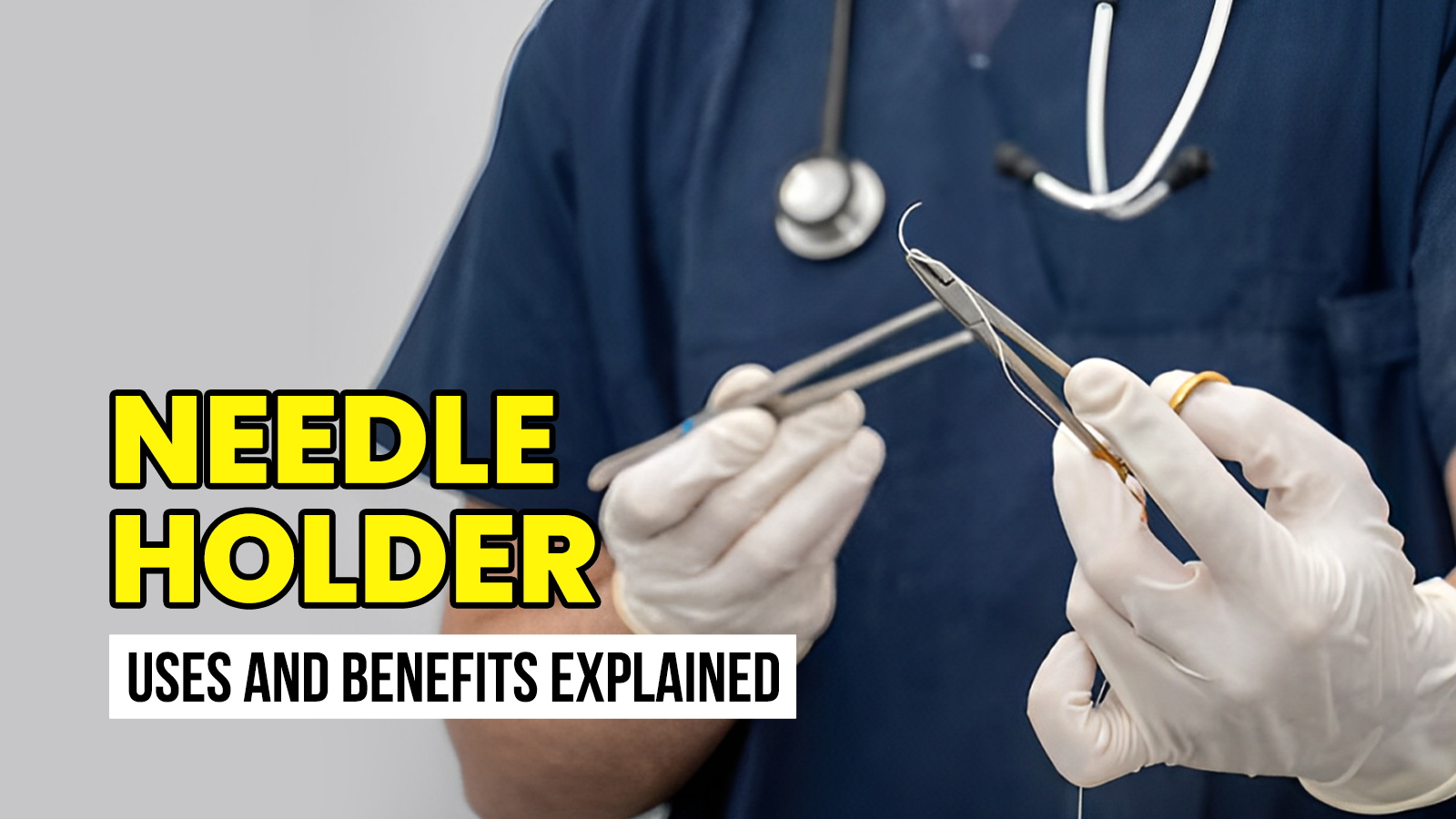The Design and Maintenance of Hemostat Forceps

Strong 8k brings an ultra-HD IPTV experience to your living room and your pocket.
Forceps are among the most enduring medical tools in history. The word forceps is derived from the Latin word “Etimos”, meaning a pair of tweezers or forceps. Nowadays, 700 different types of forceps are available in the market. They play various functions, such as dissection, retraction, and cutting. Forceps are usually named after the scientists who discovered them or based on their functionality. For example, Tissue forceps, cotton forceps, Hemostat forceps, Adson forceps, and Kelly forceps. Forceps are generally divided into two types based on the availability of the locking mechanism: Hemostatic forceps and Thumb forceps.
What are Hemostat Forceps?
Hemostat is derived from two Greek words: Hemo and Stat. Hemo means blood and stat means to slow down. Hemostat forceps are surgical tools that maintain the flow of blood or body fluids during surgical interventions. They have several other names: clamps, ring forceps, locking forceps, or hemostatic forceps.
Hemostatic Forceps Types:
Kelly Hemostatic forceps
Rochester Hemostats
Mosquito forceps
• Hartman Mosquito Forceps
• Hartman Mosquito Hemostats
• Halstead Mosquito Forceps
• Allis Tissue Forceps
Crile Hemostats
Rochester-Oschner Forceps:
• Rochester-Carmalt Forceps
• Rochester-Pean Forceps
Design and structure:
Jaws: The jaws are available in different forms, such as straight, curved, or serrated.
Shank: The shank is the lengthy portion that connects the jaws to the handle.
Ratchet: A ratchet is a locking mechanism that holds the instrument in a fully or partially closed position.
Handles: The handle is ergonomically designed for a secure grip.
Finger Rings/Thumb Rings: The handle features finger rings to provide stability during medical operations.
Maintenance of Hemostat Forceps:
Inspection:
• The ratchet should be able to lock or unlock easily; it should neither be too tight nor too loose.
• Align the tips properly before use.
• Check the alignment of the jaws; they should meet each other.
• Inspect the tip by bringing the jaws together.
• Ensure the ratchet is properly tightened; it should resist accidental opening when not in operation.
• If necessary, perform a cutting test with latex material.
Cleansing:
• Wash off all the blood, fluids, or debris after use without any delay.
• Do not use hot water; it can damage the texture. Only use plain water for cleansing.
• Use stiff brushes to clean the serrations.
• Dry the instrument with a towel immediately after use.
• Use plastic brushes to remove the debris.
• Do not use high- or low-pH detergents, which can damage the texture. Only use the detergents with a neutral pH.
Sterilization:
There are two general methods for the sterilization of forceps:
Autoclaving: Cleans the forceps properly, opens the locks, and lubricates them using (WPI #500126). After the cleaning process, set the autoclave machine and load the instrument.
Cold sterilization: This is not a preferred method. It uses a cold sterilization solution where the instrument is placed for hours. It can only disinfect the instrument.
Conclusion:
Hemostat forceps have remained indispensable in medical practice throughout history. With over 700 types available today, they significantly perform various medical interventions, from dissection to hemostasis. Understanding their structure, functions, and proper maintenance is essential for enhancing medical practices. Regular inspection, proper cleansing, and appropriate sterilization methods help maintain their longevity and reliability.
Frequently Asked Questions:
What are hemostat forceps?
Kelly forceps clamp large blood vessels or manipulate heavy tissues.
What are the other names of hemostatic forceps?
Ring forceps, locking forceps, or hemostat.
How to sterilize forceps?
For best results, use an autoclave machine for sterilization.
How to clean a forceps?
Use plain water, a neutral detergent, and brushes for cleaning forceps.
Please visit our website, Artema Medical, for more information
Note: IndiBlogHub features both user-submitted and editorial content. We do not verify third-party contributions. Read our Disclaimer and Privacy Policyfor details.







